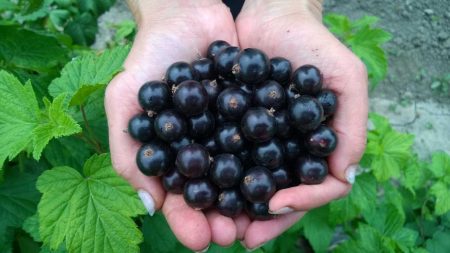 Currant is one of the most popular shrubs in gardens of gardeners, which is due, of course, to those wholesome and delicious berries that it gives in abundance. To grow a full-fledged currant bush is not so difficult, the task is feasible even for beginners, but in order to be content with tasty berries every year, the bush needs to be cared for. The tips of experienced gardeners will help to care for currants in the spring, since it is at this time of the year that you should try to do your best so that the bushes develop and grow fully.
Currant is one of the most popular shrubs in gardens of gardeners, which is due, of course, to those wholesome and delicious berries that it gives in abundance. To grow a full-fledged currant bush is not so difficult, the task is feasible even for beginners, but in order to be content with tasty berries every year, the bush needs to be cared for. The tips of experienced gardeners will help to care for currants in the spring, since it is at this time of the year that you should try to do your best so that the bushes develop and grow fully.
Spring currant care: start
Already in the very early stages of spring, currants begin to grow. Therefore, the advice of experienced gardeners to care for currants in the spring says to begin work as soon as possible, as soon as the snow melts.
First of all, it is recommended to warm the bushes by means of a hot shower. Such a shower will harden the plant, as well as prevent the attack of those pests and diseases that have weakened during the winter and have not yet had time to refresh themselves with energy.
Still, spring care for currants, according to the advice of gardeners, includes spraying the plant with a solution of copper sulfate and iron sulfate, Bordeaux liquid or Nitrafen. This procedure should be done before the plant enters the phase of bud blooming.
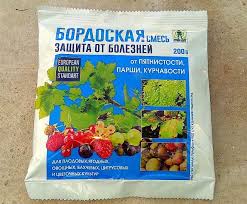
A few more tips of experienced gardeners for the care of currants in the spring can be viewed on the video:
Since currants love moisture, the soil on which it grows must be constantly kept moist. Currant bushes are poured under the root. It is especially necessary to carefully monitor the soil moisture during the period when the berries are poured.
Mulching the soil in the spring will also not harm the plant. This helps maintain soil moisture, reduces the active growth of weeds around and allows the plant to receive more nutrients. For mulching, gardeners especially distinguish mushroom working out, but it is also appropriate to use peat, and sunflower husk, and straw, and humus.
How is the currant fed in spring?
Fertilizing is another important point in a list of spring currant care. Indeed, it is dressing that allows the plant to receive maximum nutrients and bear fruit abundantly in the future.
The first three years from the moment of planting, the currant is enough for the growth of those nutrients that were introduced during planting. And after three years, the plant needs to be fed every year.
So that in the spring currants quickly “dress” in foliage, it must be fed with nitrogen fertilizer. For these purposes, you can use granular forms: urea, ammonium nitrate. Organics will become a worthy alternative to nitrogen fertilizer, if suddenly such fertilizer is more convenient and easier for someone to get.
Important! Nitrogen fertilizers are used sensitively according to the instructions. If you go too far with nitrogen, then it can provoke the development of some diseases of currant.
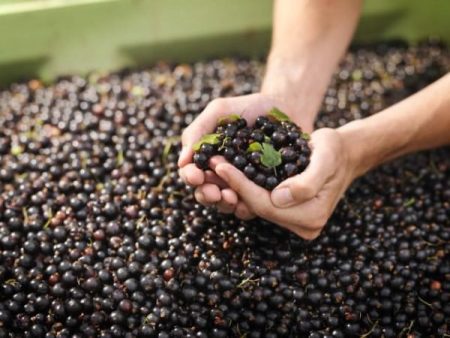
But after spring top dressing, in the summer, currants are fertilized with mineral fertilizers.
How to deal with pests and diseases
The tips of experienced gardeners for the care of currants in the spring suggest the most effective methods of combating diseases and pests.
Most characteristic currant diseases it is anthracnose, spotting, powdery mildew, and goblet rust. It is believed that the most rational prophylactic method is support for a high agricultural background and eradicating treatment.
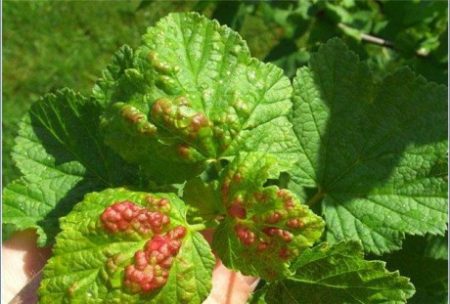
But, if for some reason the gardener was late with these works, and a particular disease has already begun to manifest itself, then operational measures can be taken. Such measures include shrub irrigation with drugs such as Acrobat Ridomil, Topaz or Fitosporin.
Other dangers that can overtake currants include a pest - a kidney tick. The activity of this pest causes severe damage to the currant, and it begins to weaken, and then completely fades. Watering the bushes with hot water and pruning buds that are swollen will help get rid of this parasite.
Attention! The kidney tick not only harms the currant, but also suffers from a disease such as terry, which can no longer be cured. If the bushes get sick with terry, they need to be dug up and burned.
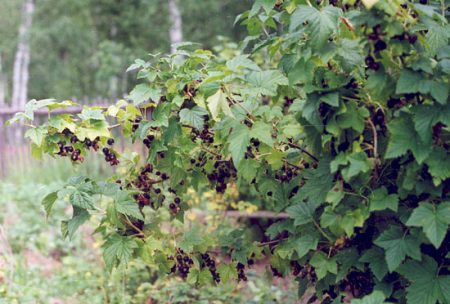
Spring currant care does not constitute any complex and new work; all these procedures are familiar to every gardener. If you try to take care of the currant in the spring, it will thank you with its health and abundant harvest, and will also continue to delight the owners for many years to come.
Good luck in the beds!


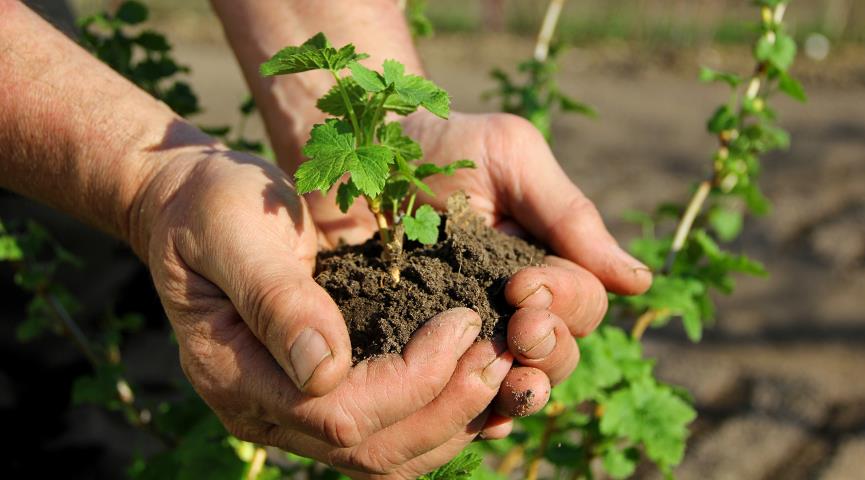
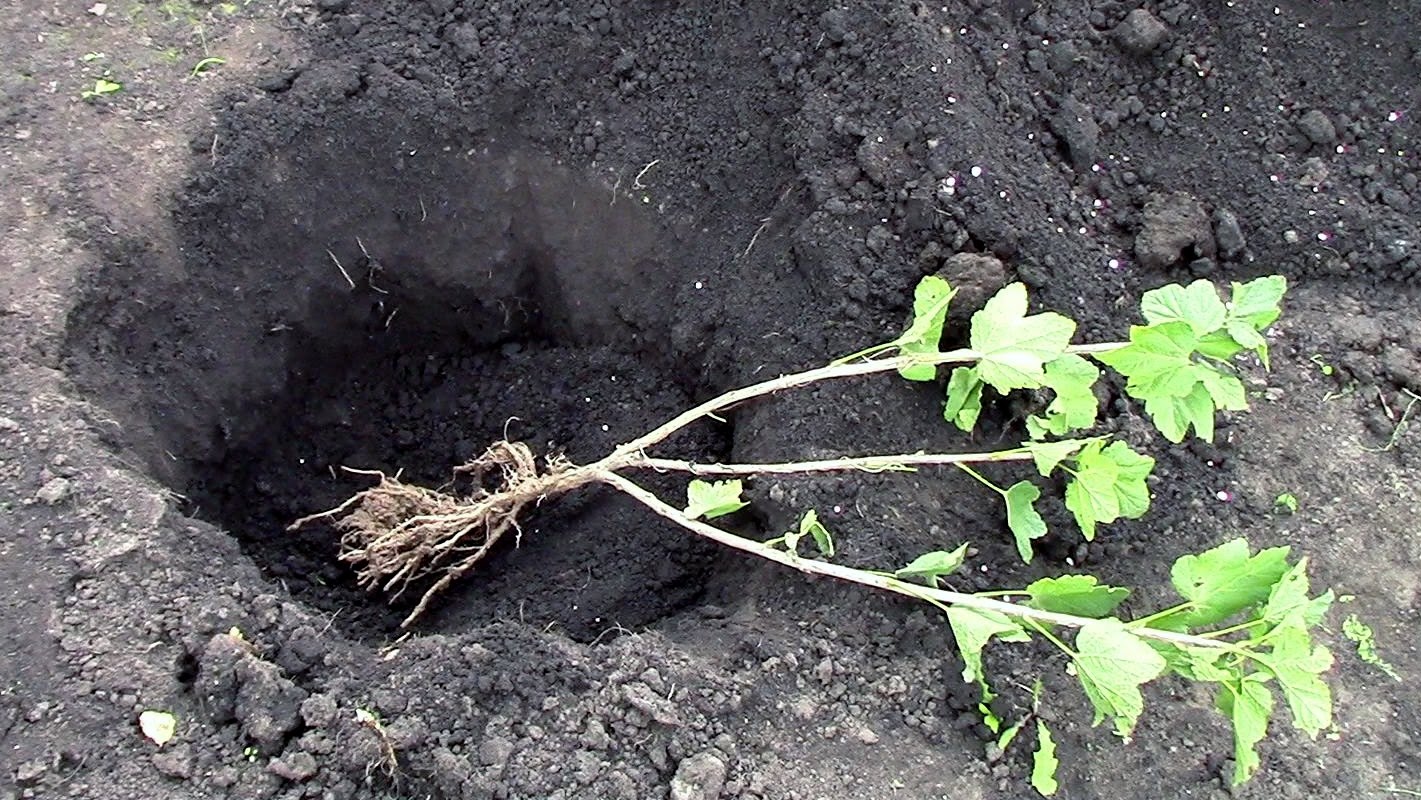
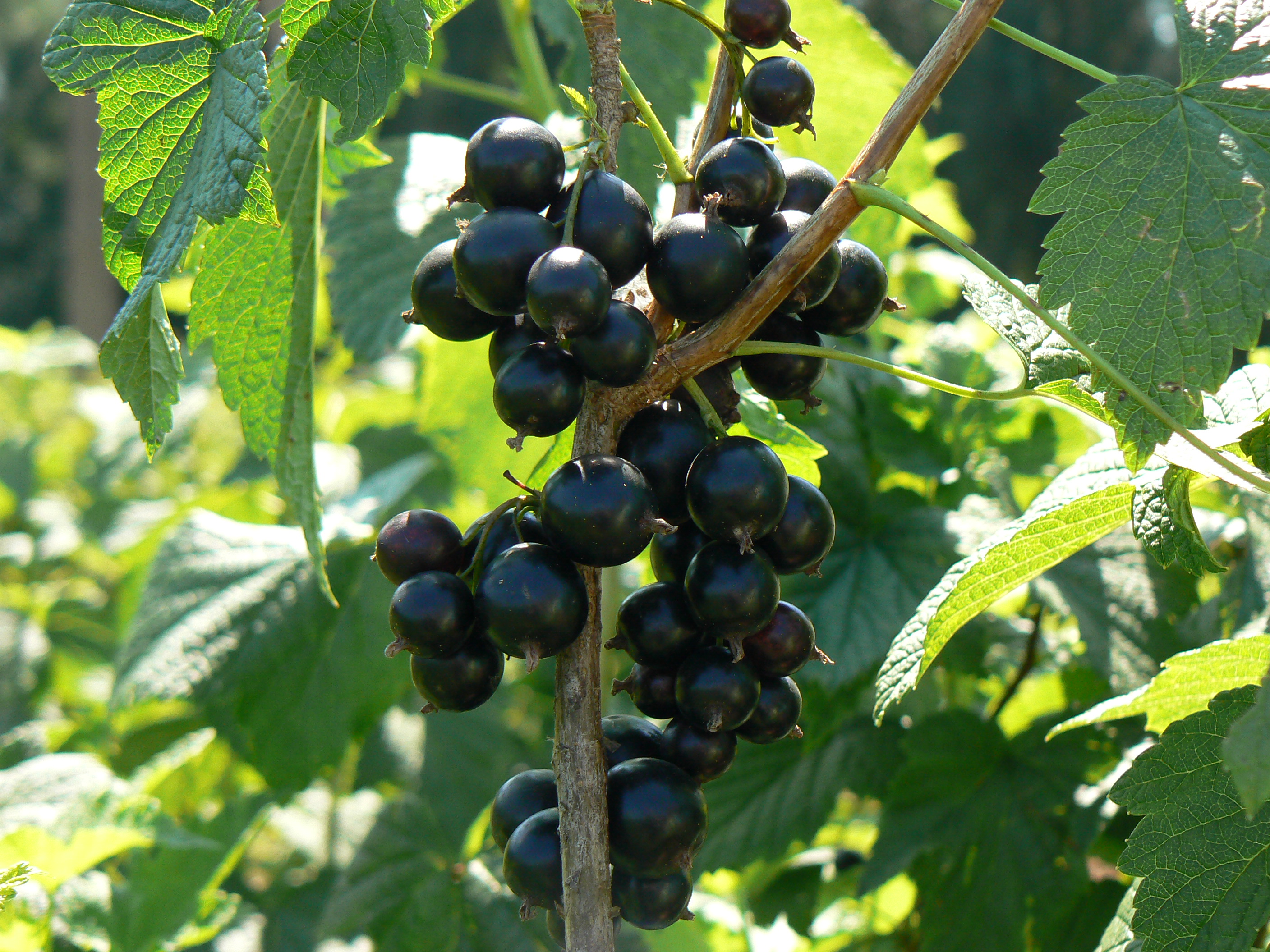 Blackcurrant: pruning in autumn, rejuvenation of the old bush, preparation for winter
Blackcurrant: pruning in autumn, rejuvenation of the old bush, preparation for winter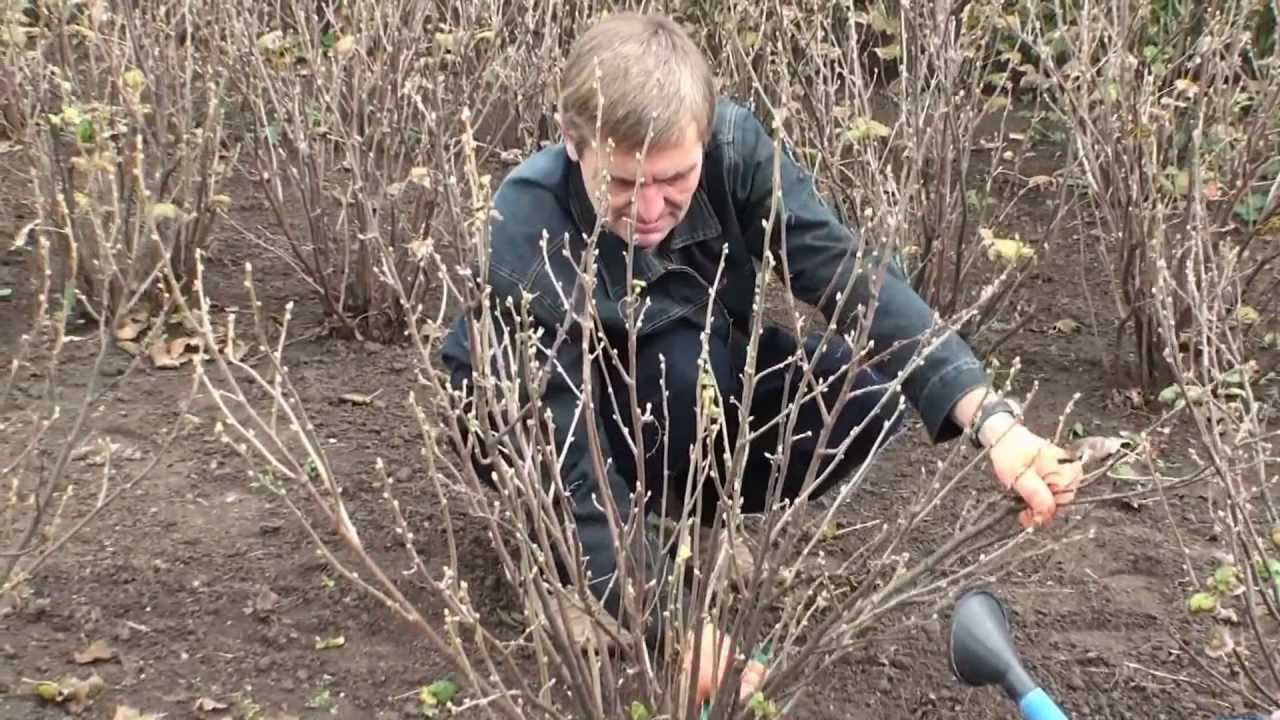 Autumn currant pruning scheme for beginners
Autumn currant pruning scheme for beginners Currant care in autumn and preparation of bushes for winter
Currant care in autumn and preparation of bushes for winter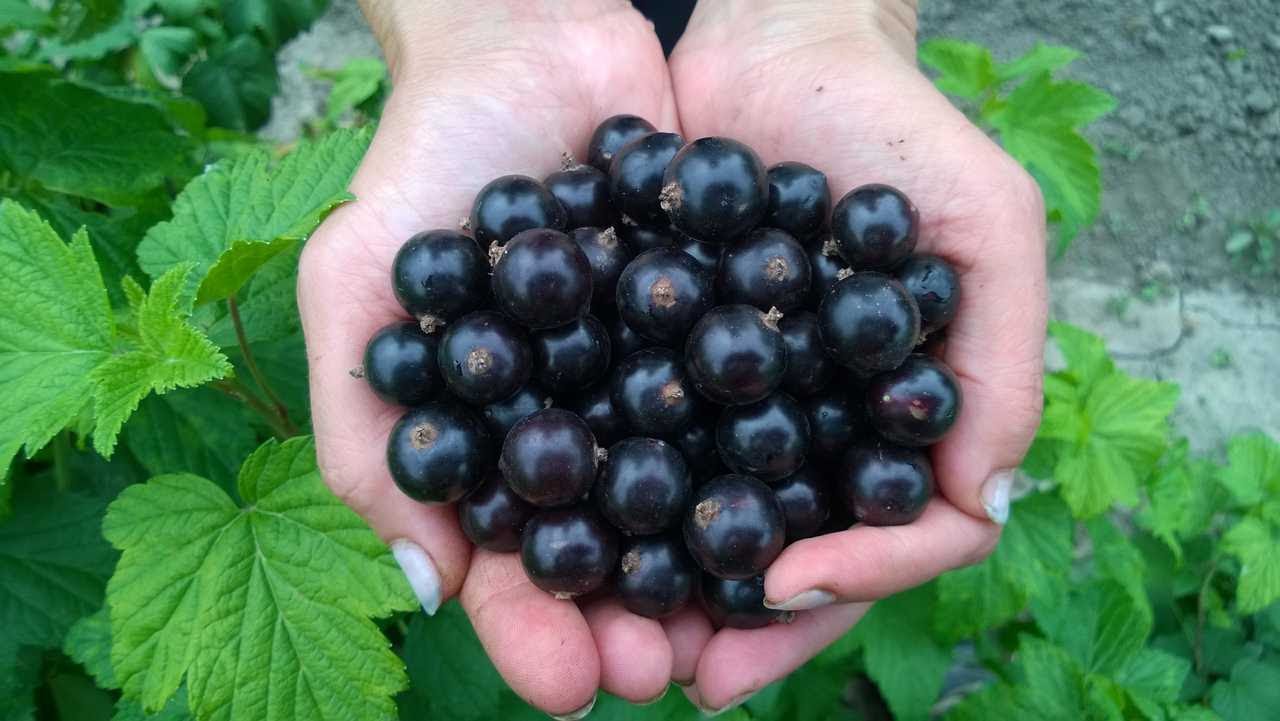 It's time to feed the currants - the best feeding
It's time to feed the currants - the best feeding